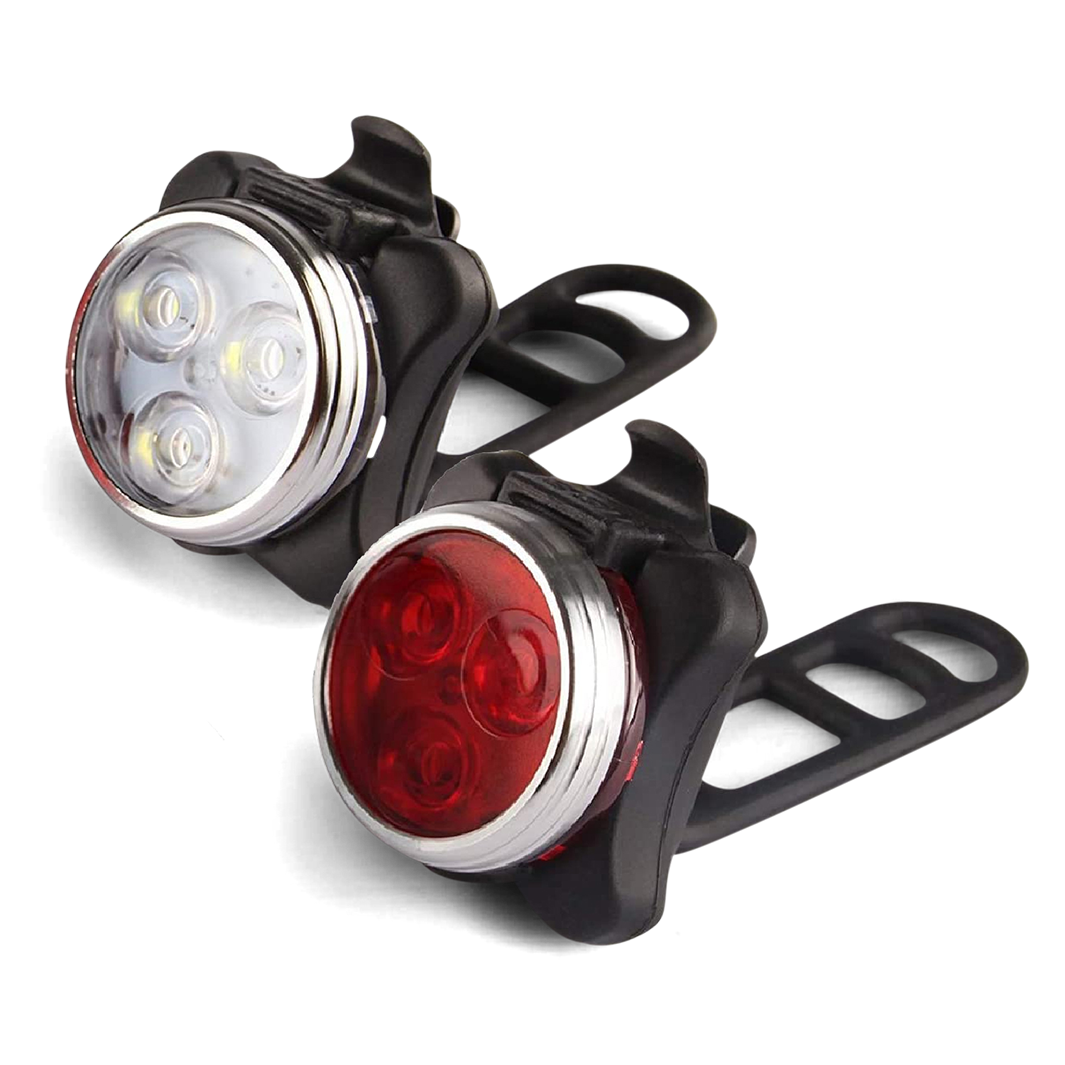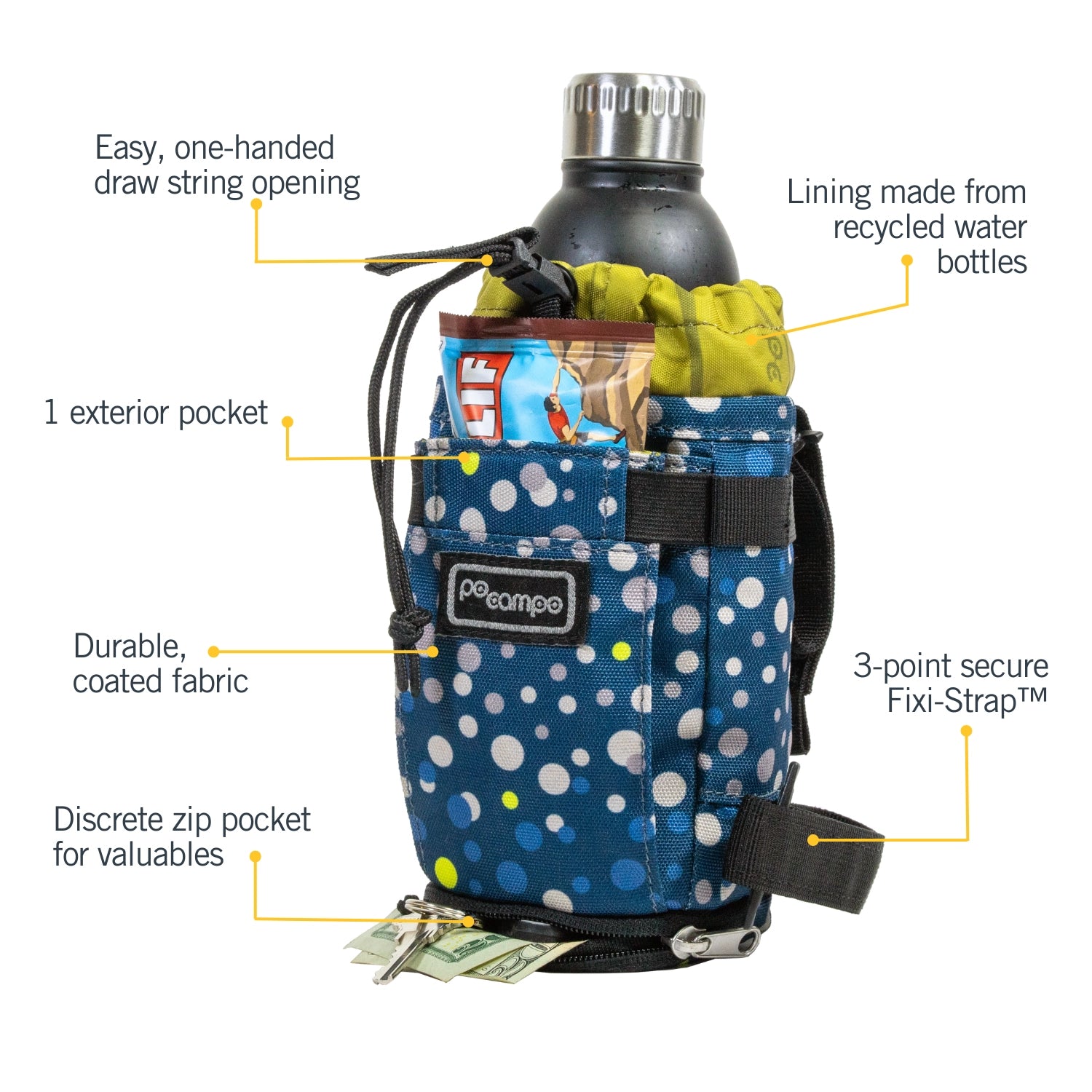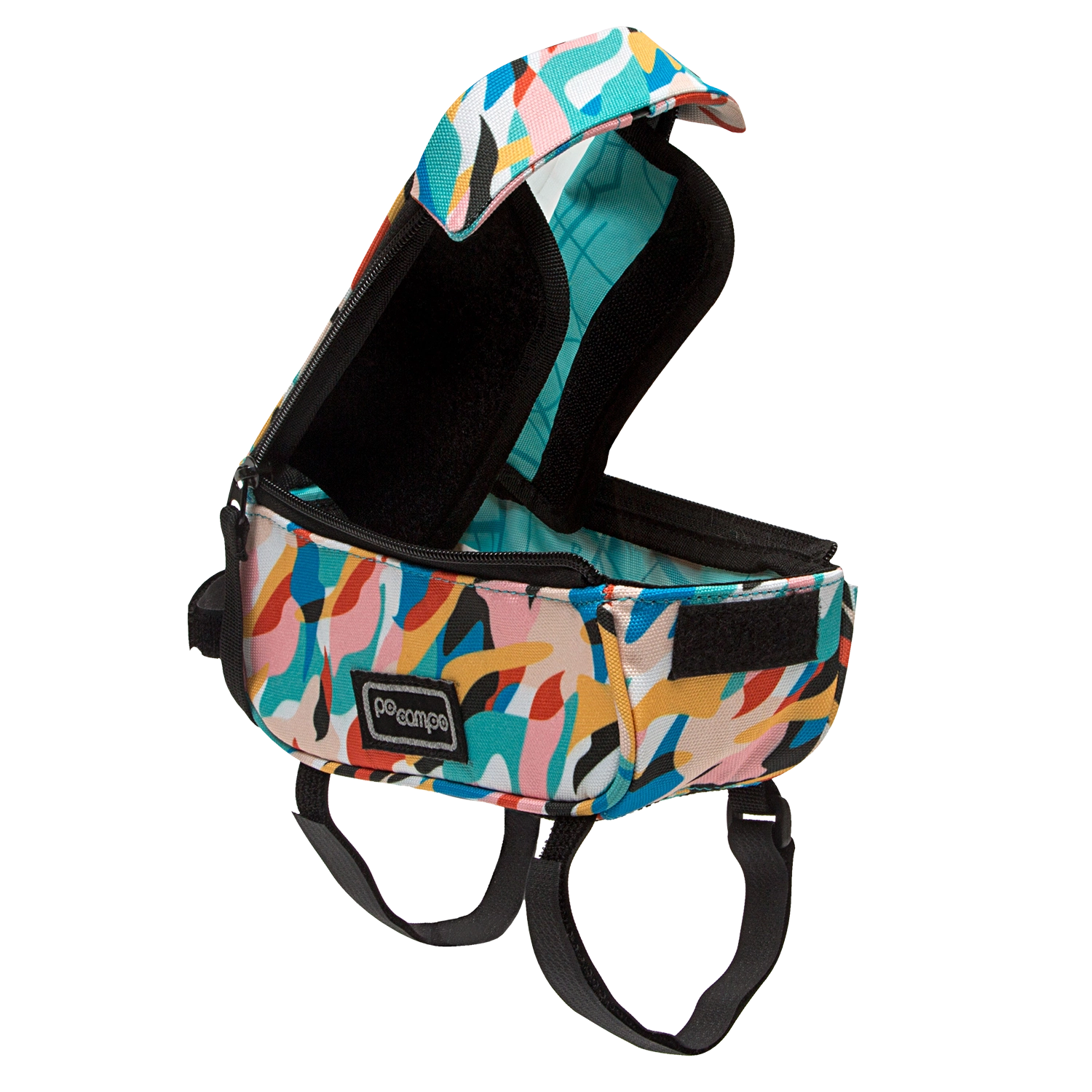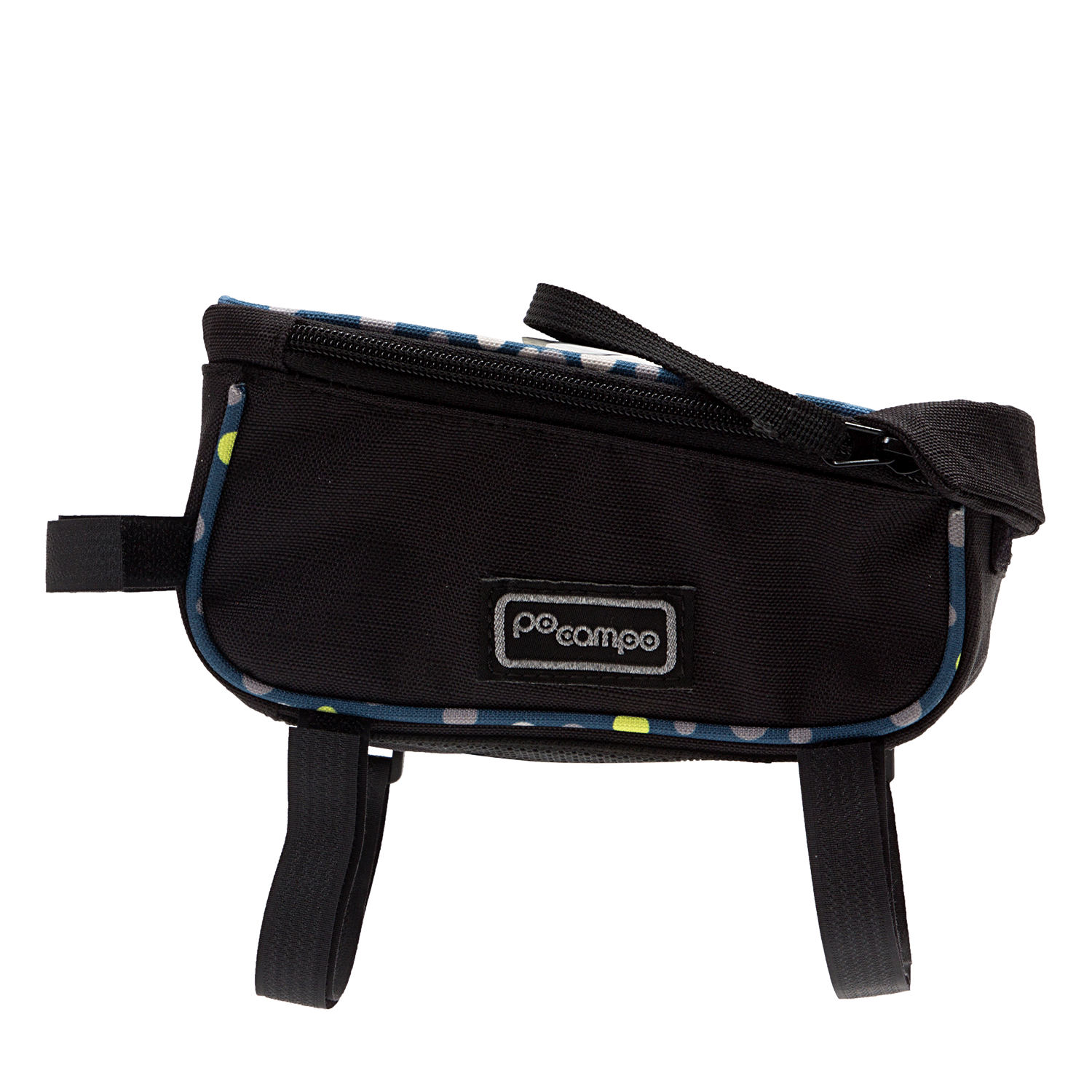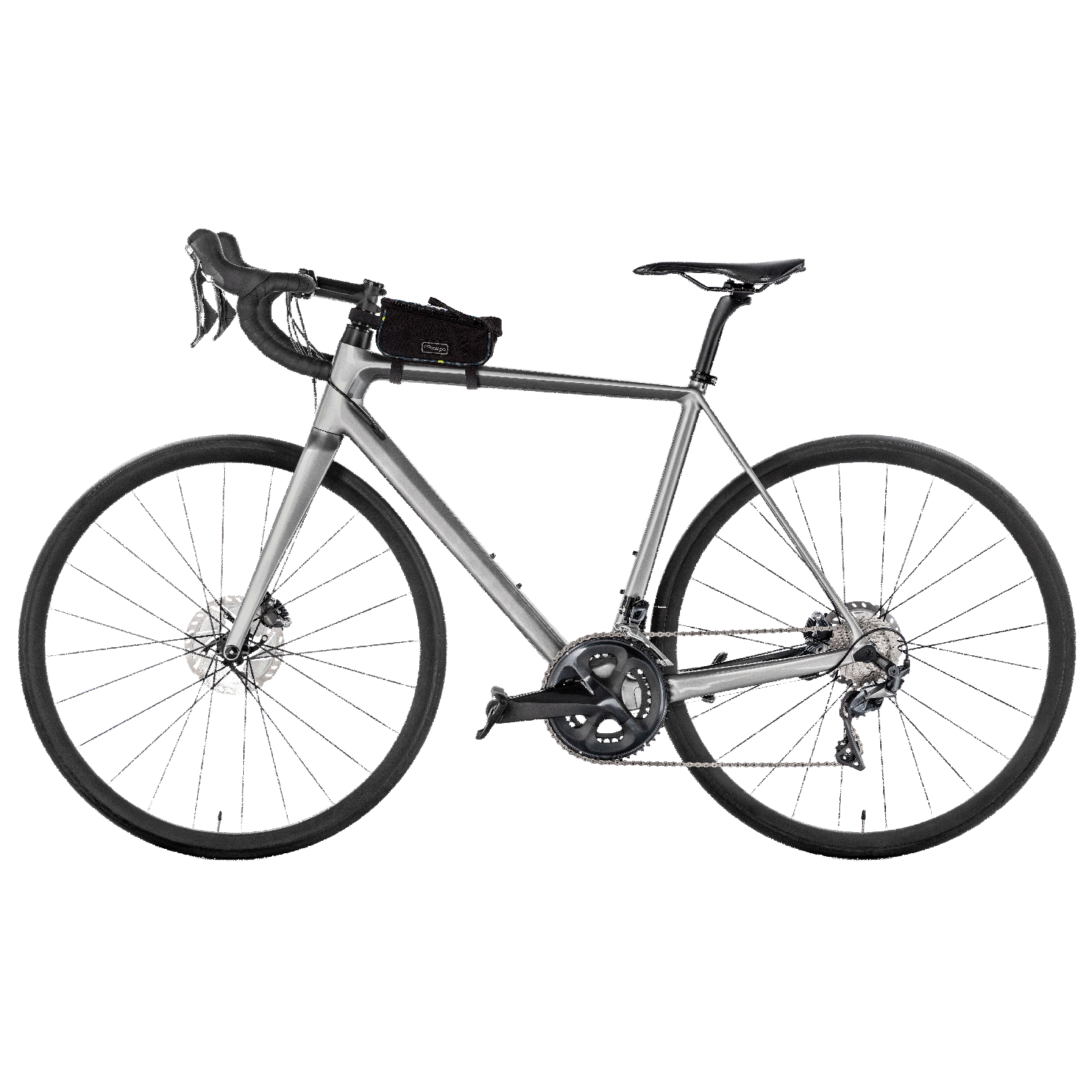
Whether you're a casual rider or a seasoned cyclist, proper bike maintenance is key to ensuring a smooth, safe and enjoyable riding experience. From routine cleaning and lubrication to more advanced repairs, taking care of your bike not only extends its lifespan but also enhances performance and reliability. In this comprehensive guide, we'll cover everything you need to know to keep your bike in top shape.
We know that many of you will never want to work on your own bike - and that’s okay (no shame!). That’s why we put together these Top 5 Tips for how to keep your bike in good working order.
The Importance of Bike Maintenance
Regular maintenance is essential for preserving the integrity and functionality of your bike. Over time, dirt, grime, and wear and tear can compromise various components, leading to decreased efficiency, increased friction and potential safety hazards. By investing time and effort into maintenance, you can prevent costly repairs, improve ride quality, and ensure a longer lifespan for your bike.
1) Meet Your Local Bike Shop!
Bike shops are the heart and soul of a thriving bike community. Get to know the bike shop near you where you can feel good about bringing in your bike for repair. Life on a bike gets even better when they know you by name and can offer additional biking tips.
Bike shop employees work for low wages and a love of the bike. They usually have extensive, detailed knowledge comparable to a car mechanic.
If you get a flat tire, usually a shop will repair the tire while you wait.
Bike shops are busy in the summer and slow in the winter. Winter is an excellent time to bring in your bike for a complete overhaul that gets it ready for riding season.
If you have an emergency, need your bike repaired quickly and the shop goes the extra mile for you, be sure to thank your mechanic with a cash tip, a box of donuts or some other gesture of gratitude.

2) Your Bike Repair Toolkit
You’ll be surprised to learn how much basic bike maintenance you can do with very little training and just a few tools. Here are the tools we recommend you have.
Multi-Tool set like this dapper wood one from Soma
Use cases:
- Raise and lower your seat
- Install bell or bike light mounts
- Tighten your rear rack if it becomes loose
- Tighten your handlebars and headset if they become loose
- Help a friend out (it’s packable!)
A sturdy floor pump with a pressure gauge. Many mechanics we know swear by the Topeak Joe Blow because it’s reliable and affordable.
A packable floor pump in case you get a flat tire.
A spare bike tube.
Tire levers to remove your bike tires in the event of a flat tire.
Gloves (disposable or otherwise) if you don’t like getting your hands dirty.
A container of chain lube (it will last you for years).
A rag with no filaments or debris (old t-shirts work well).
Looking for a roomy bike bag to fit it all? Many of these 'just-in-case' tools fit perfectly inside our Vernon Trunk Bag (pictured below), which boasts almost 16L of internal storage space. Plus, this sturdy trunk bag is kitted out with water resistant fabric and zippers and tons of pockets to keep your gear organized.

3) Know the ABCs Bike Check
Before you set out on a ride, check your bike. Especially if you haven’t ridden in a while.
AIR - How are your tires? Check the pressure and fill them if needed. Well aired tires avoid punctures, and roll more efficiently.
You may need to fill your tires once a week or once a month - depending on many factors. Before you head out on a ride, give your tires a FIRM squeeze. There should be no give. If there is, you need some air. It’s worth taking the time to do this.
The recommended pressure is written on the side of the tire, and that number will work in most cases. If you’re riding on gravel or mt. biking, consult with someone who knows the trail where you’re riding. They will likely suggest a much lower pressure.
Use a floor stand bike pump with a gauge that shows the tire pressure.
BRAKES - Lift your bike by the handlebars, spin the front wheel then grab the brakes. Your wheel should stop easily and your brakes should feel firm and tight, not soft. Do the same thing for your rear wheel, lifting your bike up by the bike seat or the frame.
Brakes save lives so if yours aren’t working, head on over to your local bike shop and get them fixed ASAP.
CHAIN - Ride your bike or lift the rear of the bike and spin the pedal. Are you able to shift through all your gears? Is the chain squeaking?If you can’t access all the gears, it’s time for a bike turn-up.If the chain is squeaking, that’s an easy fix!- Turn your bike upside down.
- Turn the pedal forward while dripping chain lube on the chain and gears.
- Continue to turn the pedal while switching gears.
- Turn the pedal forward while holding a rag lightly around the chain. Do this for several rotations to remove excess chain lube.
4) How to Fix a Flat Tire
Honestly, the hardest aspect of fixing a flat tire is getting the tire on and off the bike rim. If you’re having a hard time getting the tire off, and especially on, don’t worry - it’s not just you!
Let's start with the basics - terminology. Here's what you need to know:
Rim - The outer metal circle of the wheel.
Tire - The outside rubber that meets the road.
Tube - The inside portion that you add air to.
Wheel - All of that (and more!) combined.
If you get a flat tire while you’re on the road, slow down, cautiously move to the side of the road, and walk to a safe place where you can rest and work on your bike without blocking other road or path users.
It’s really hard to write about fixing a flat tire! We thought it might just be easier to show you how:
5) Advanced Gear
Ready to up your game? Consider these additional tools and bike maintenance steps.
You tried it and you liked it? Woot! Bike maintenance isn’t for everyone, but if you have a flair for it, that’s awesome. Consider taking a class from your local bike shop or other local organization. These classes are usually free or inexpensive and offer hands-on learning opportunities. With your bolstered skills, you’ll be much more self-sufficient on the road and on the trail.
If you have the room for it, get a bike stand. Most stands are foldable for easy storage, but they do still take up considerable space. A bike stand holds the bike securely at eye level, making it more comfortable to work on your bike. While there are heavy duty stands for ebikes and cargo bikes, the price jumps significantly so it may be cost prohibitive for the novice bike mechanic. In this case, you’ll probably want to rely more heavily on your local bike shop.
Clean your rims, especially if you live in a city. Grit wears down your rims and brakes at a significantly faster rate. Wiping down your rims with a damp cloth once a week will greatly extend the life of your equipment.
If you have traditional brake pads and you wear through them quickly, you may want to consider learning to replace them yourself. It really isn’t very comp-lex, but it does take a little getting used to. You’ll find a wealth of videos on this subject.
A tool roll or pouch keeps on-the-go bike tools tidy and organized. Plus, you look cool when you pull yours out. Even if you don’t need to use it on your bike very often, everyone loves having that one friend who always comes prepared. If you’re riding with other people on a regular basis, chances are good your tools will come in handy. You might even save the ride.

Maintaining your bike is a rewarding and worthwhile endeavor that pays dividends in improved performance, longevity, and riding enjoyment. By following a regular maintenance routine and addressing issues promptly, you can keep your bike in top condition and enjoy many miles of trouble-free riding.
Remember: There’s no shame in passing your bike off to someone else if you don’t enjoy bike maintenance.
With proper care and attention, your bike can provide years of reliable service and countless adventures on the road or trail. Happy riding!

